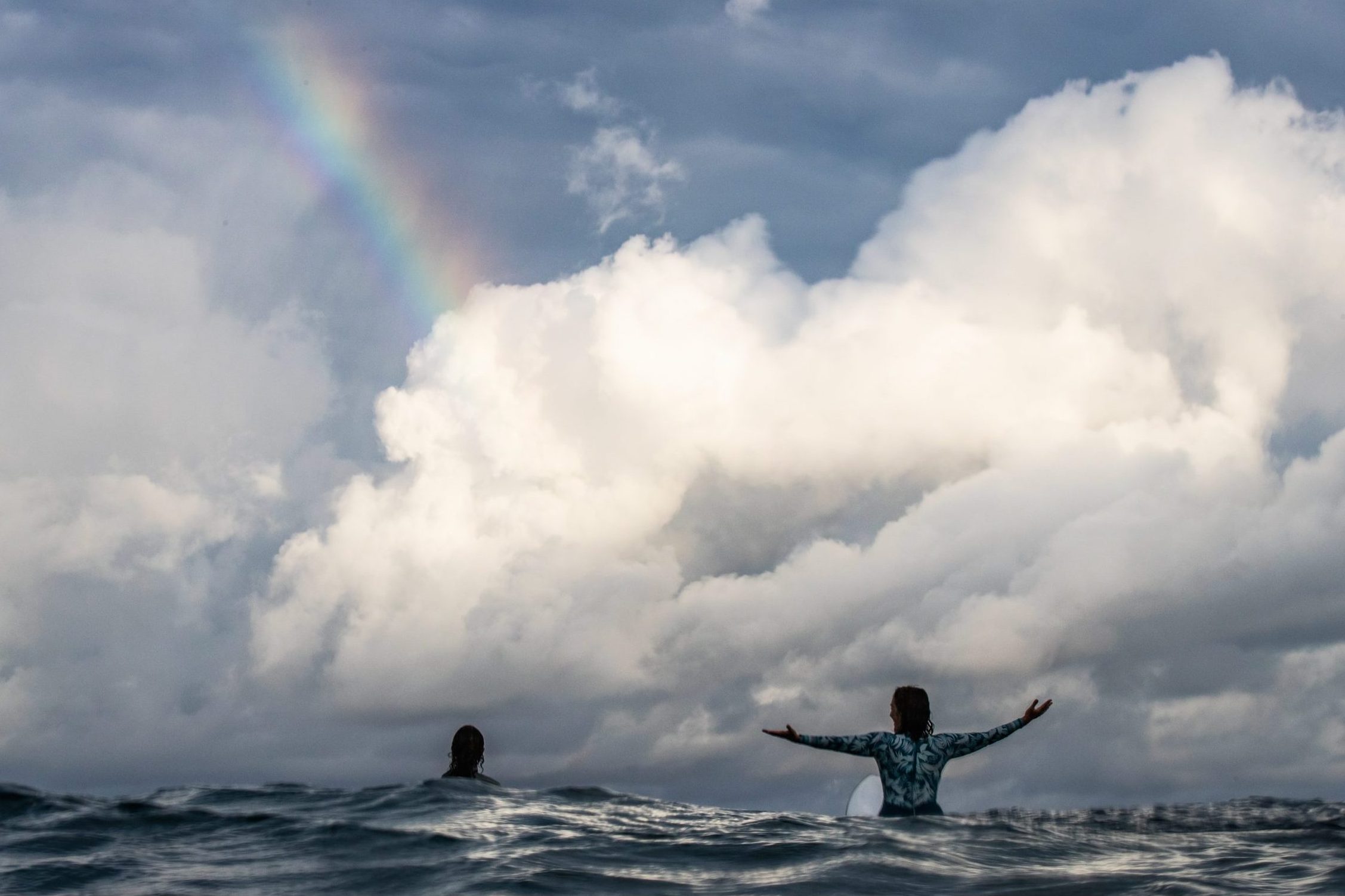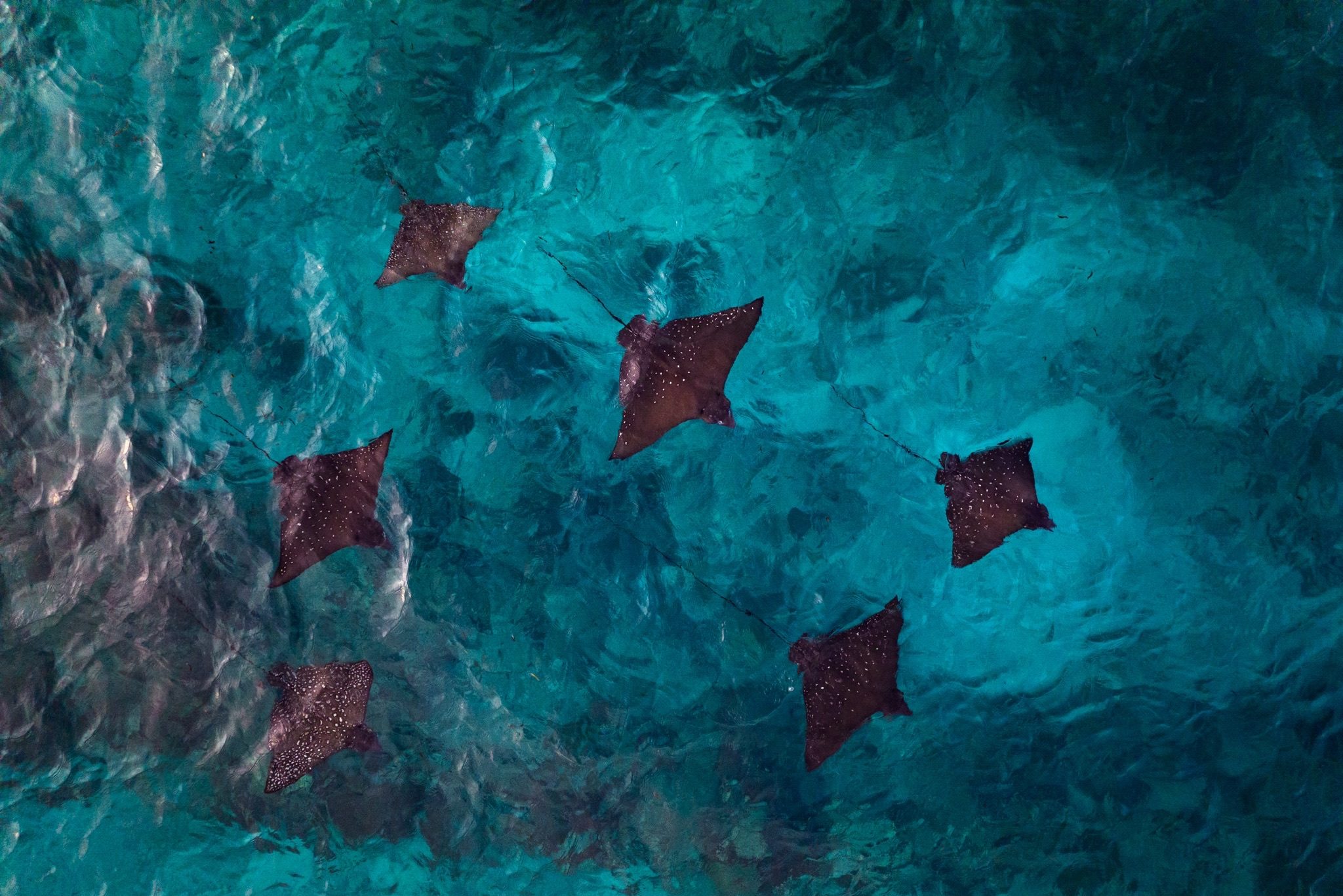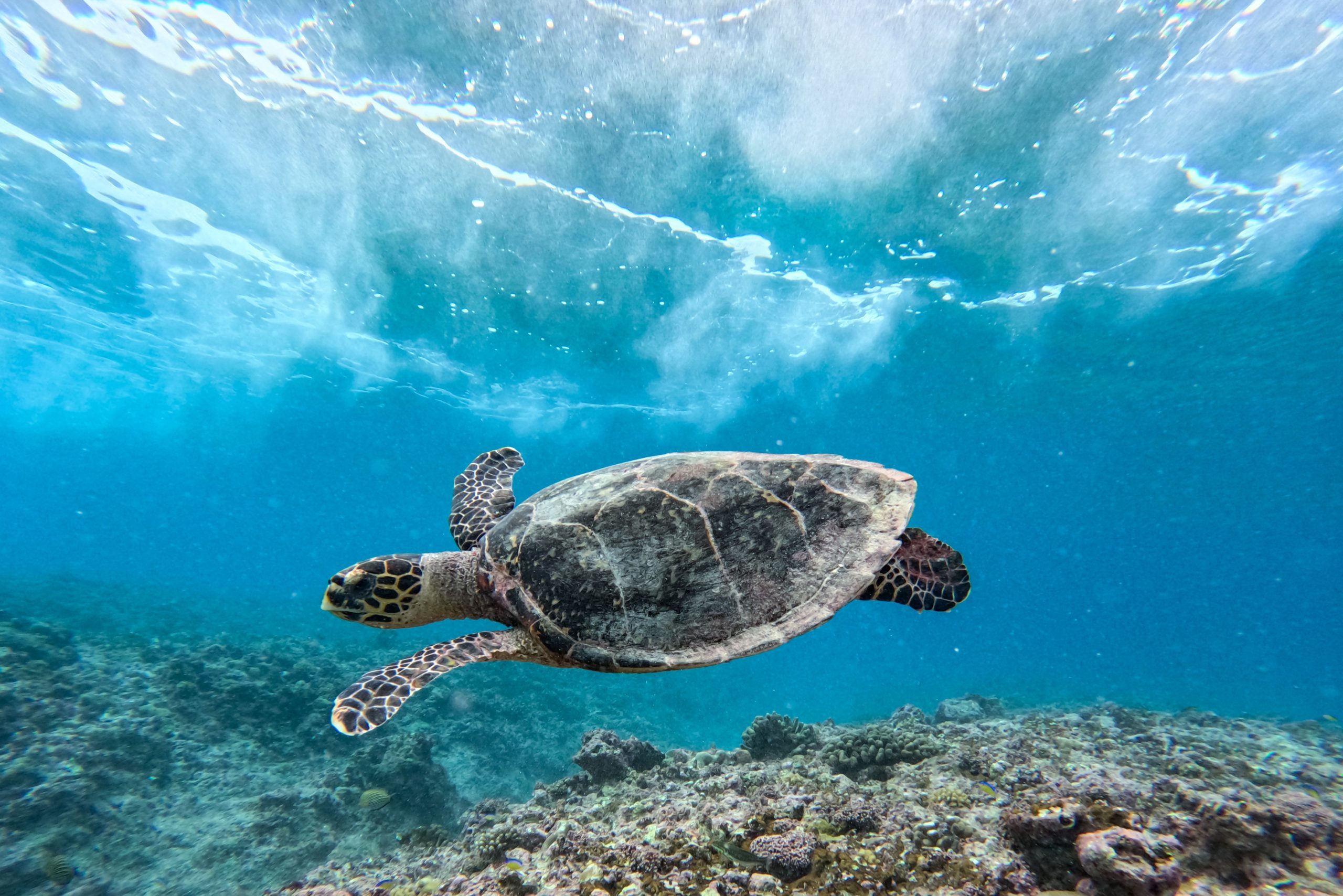“What have you learned? How do you grow?” is what Matt Griggs likes to ask in his workshops and coaching sessions. This time was no exception, as I found myself on the Nature of Success “Next Level” tour “Let’s Go Deeper” in the Maldives with nine other hand-picked participants and Taylor Knox. The condition for attending the course was to have in-depth knowledge of the practice of Kelee meditation. The effect of the practice is amazing: It dissolves blockages and thus increases performance. At the same time, people become more approachable.
Learning to deal with our ego
Ron W. Rathbun, founder of the Kelee Foundation, had given us a learning challenge for our journey: how to deal with our ego. We often hear that we should get rid of our ego, or at least leave it at the door, before heading into a meeting. According to Ron, this is a huge misconception. The ego is the part of us that wants to protect us. It puts us in fight-or-flight mode for this purpose without us even being aware of it. It is up to us to keep our ego in check and make sure that the fight-or-flight mode only kicks in when we are really (physically) in danger. However, our everyday office life is rarely life-threatening. We spend our time intellectually in meetings. The ego has nothing to do, looks for danger, and – BAM – hijacks the meeting to fight a perceived threat. Welcome to the world of petty boardroom wars.
What helps to combat this, according to Ron, is physical activity. How about going for a run or a walk? Being physically active calms the ego. But we can’t always run away as soon as the mood in a meeting begins to change. The specific applicability of the great man’s words eluded me at first.
The ego sounds the alarm – we are beside ourselves
But well, let’s go surfing, dear ego. The waves were picture perfect, at least from a distance. In fact, surfing in the Maldives means surfing on the reef. This has the disadvantage of landing on same if you don’t get out of the wave in time. And this in turn can result in cuts. Surf session number eight or thereabouts: I’m hanging on this stupid reef, being whacked on the head by wave after wave. It’s annoying and draining. But I was not the only one. Other fellow travelers suffered the same fate, but fortunately we were lucky enough to have Martey, our surf guide, come to our rescue with the jet ski and get us out of the reef, only this time I somehow got left behind. I was starting to get grumpy. “Of course, everyone else is getting help and Lara has to fend for herself!” I got angrier and angrier and paddled like mad, making it over the next two waves and out of the reef on my own. I had had enough for that day and returned to the boat. I felt like crying. What was going on? My ego sounded the alarm and sent out the following radio calls: “Lara can do anything and doesn’t need anything or anyone in the world,” “Doesn’t anyone see that she is in a bad way? Why doesn’t anyone care?” I reacted to these false alarms with a rage I knew well – I was beside myself.
Open to everything, affected by nothing
Hang on: rage I knew well? I had experienced exactly the same thing on my first trip with Matt and Taylor in 2019. Only back then, I had been wailing with rage, and it took soothing words from Taylor to distance me from that state. Four years later, I sat on deck, did my five-minute Kelee meditation, and was amazed to realize: the drama in my head had ended, the rage was gone. Magical. Suddenly I had a renewed appreciation for the sunset, the dolphins cavorting in the ocean, and the passing manta rays. Wow. As simple as that. “Open to everything, affected by nothing,” is the mindset that Kelee Meditation is intended to achieve. Only then can we experience the wonder of life. However, when our ego throws itself protectively between us and the world, our perception becomes focused solely on the negative. The beautiful things disappear when we are blinded by rage or frustrated, for example. What have you learned? How do you grow?
Carve away everything that is not David
We often assume development means flipping a switch and that insights come abruptly. But what if learning happens in baby steps, in gradual refinements that nonetheless lead to giant leaps forward over time?
Michelangelo created the famous statue of David, which can be seen today in the Galleria dell’Accademia in Florence, from a damaged block of marble that various artists had tried their hand at in vain. When asked how he managed to do this, he is said to have replied, “I created a vision of David in my head and simply carved away everything that was not David.” It took him three years to do this.
As humans, we also come with small cracks, bumps, and holes that life has given us over time. Bit by bit, however, we can get rid of inner ballast.
Ballast
- that is not us
- that makes it unnecessarily difficult for us to do what we have to do
- that takes away our ability to experience life in its fullness.
Without this ballast we find ourselves and how we want to be with ourselves and others. This feels good, enables effective cooperation, and leads to efficiency.
Taking the ego for a walk
I mused on my fellow travelers, whom I already knew from other development measures and for whom the impact of the practice was so clearly noticeable:
- The real estate principal who used to live under extremely challenging conditions for many years and is now able to feel lightness…
- The hard-working developer who used to be full of rage against himself and the world and now exudes joie de vivre…
- The Hollywood director who used to run on adrenaline and now radiates calm and serenity…
- The top lawyer who used to obsess over surpassing everyone in everything and who is now wise and gentle…
- …
And to you, dear ego, I want to say – thank you for taking such good care of me for all these years. You push me and at the same time you often worry about me. When I took the plunge and became self-employed in 2001, then 31 years old and the mother of a three-month-old baby, and when the Lehman bankruptcy and the coronavirus pandemic drove many people into insolvency. And all the times I threw myself into seemingly gigantic waves as an (almost or over) 50-year-old. You were often terrified for me. I managed it all, though, because I’m not insane, but maybe a little brave. I know what I can do and most of the time I know very well what I am doing. I am always looking for inspiring teachers, I learn and pass on my experience. My customers appreciate that and together we overcome even economic crises. When I surf the reef, I wear boots to protect myself from cuts. If the waves are too big, I don’t paddle into them. And if there is a jet ski, I use it if I want to.
If my ego feels neglected these days and threatens to hijack me, I like to go for a walk or I take it for a walk mentally. That’s what I practice and learn. This is how I grow. Bit by bit. Day by day.
P.S.: This reminds me of Portia Nelson’s “There’s a Hole in My Sidewalk”
“I walk down the street.
There is a deep hole in the sidewalk.
I fall in.
I am lost… I am helpless.
It isn’t my fault.
It takes forever to find a way out.
I walk down the same street.
There is a deep hole in the sidewalk.
I pretend I don’t see it.
I fall in again.
I can’t believe I am in the same place.
But, it isn’t my fault.
It still takes me a long time to get out.
I walk down the same street.
There is a deep hole in the sidewalk.
I see it is there.
I still fall in. It’s a habit.
My eyes are open.
I know where I am.
It is my fault. I get out immediately.
I walk down the same street.
There is a deep hole in the sidewalk.
I walk around it.
I walk down another street.”
Photos by Andy Potts




